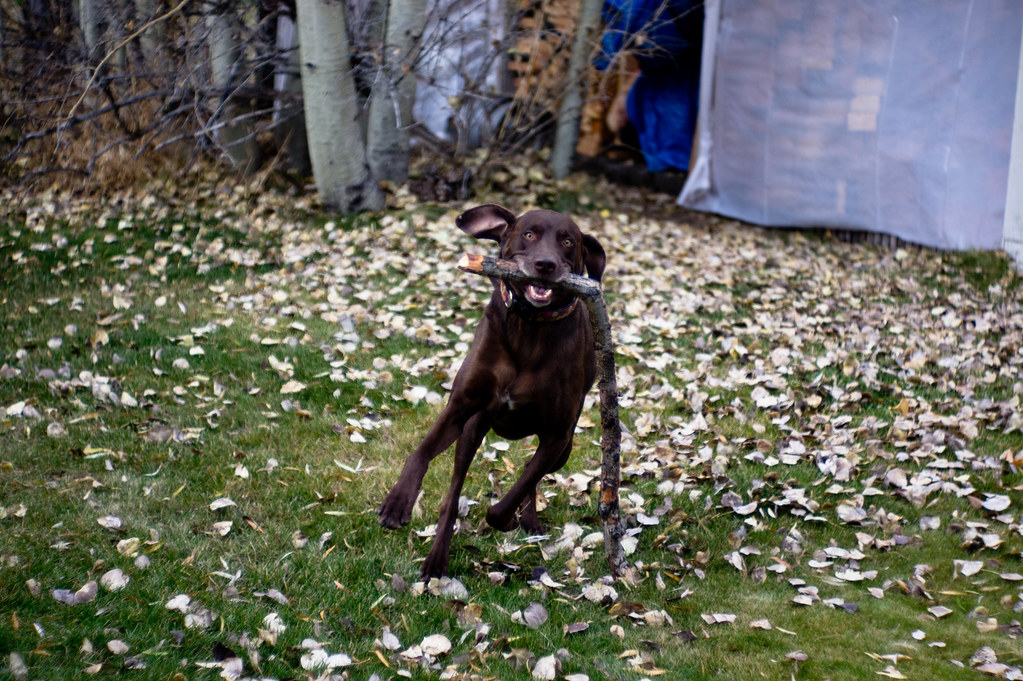F
former member
Guest
I'm convinced that my 1936 5cm f1.5 Sonnar is from the test batch of coated Zeiss lenses. All of the surfaces are coated, the lens had never been opened. The lens had a lot of internal haze, which cleaned up well. I did not notice the coating until the lens was disassembled. It's in amazingly good shape for a 75 year old lens. I'm guessing that this lens passed it's long-term life-cycle testing with flying colors.


















